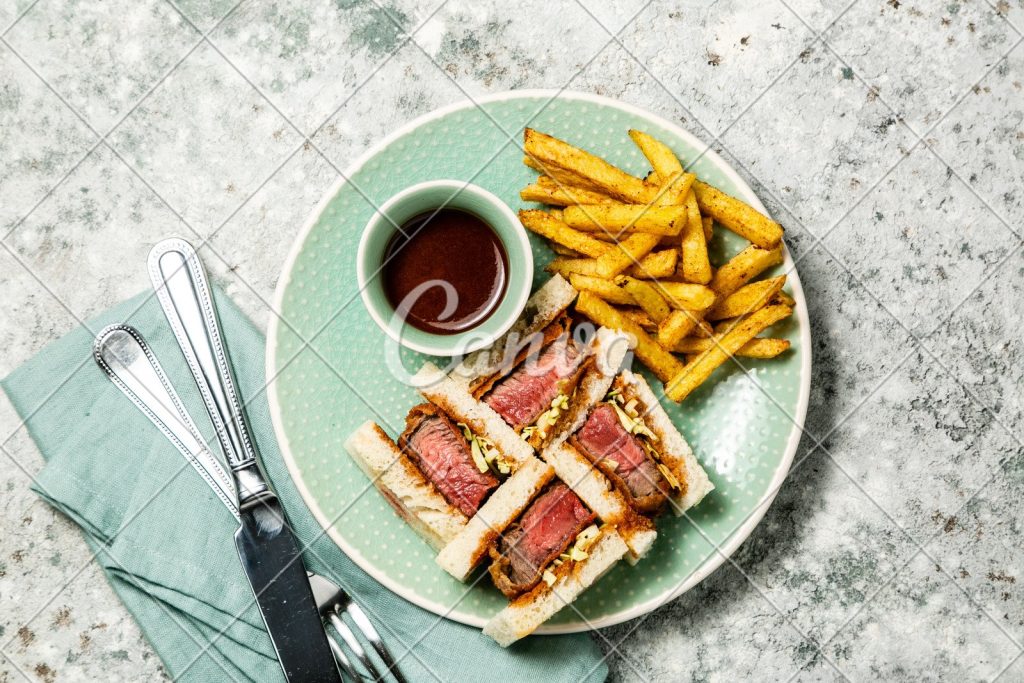In the bustling streets of Tokyo, a culinary delight awaits in the form of the Katsu and Omelette Sando. These sandwiches are more than just a meal; they’re a cultural experience. The Katsu Sando, with its perfectly crisp breaded pork or chicken cutlet nestled between soft, pillowy bread, is a testament to the art of Japanese sandwich-making as reported by Reddit. The Omelette Sando, on the other hand, offers a fluffy, savory egg experience that is both comforting and satisfying.
The appeal of these sandos lies not just in their texture and flavor but also in their embodiment of Japanese precision and care. Comments like “Looks yummy” and “Damn, those omelettes and katsu look thicc!” highlight the visual and gustatory allure of these treats. It’s no surprise that they are rapidly gaining popularity beyond Japan, as foodies worldwide seek out this delectable fusion of Japanese and Western cuisine.
Interestingly, the term ‘sando’ has become a symbol of culinary innovation, much like how “The Fast and the Furious: Tokyo Drift” introduced new themes to an established franchise. However, not everyone is on board with this trend. Just as sando fish vendors express their frustrations in Trinidad, some traditionalists may argue that the simplicity of these sandwiches does not warrant the hype they’re receiving globally.
Yet, the Katsu and Omelette Sando continue to captivate the palates of those who experience them. As they carve out a niche in the global food scene, one can’t help but wonder: Are these sandos a passing trend, or do they signify a broader shift towards appreciating simplicity and craftsmanship in fast food? The answer may just be a bite away, inviting us to explore the evolving narrative of food culture.


